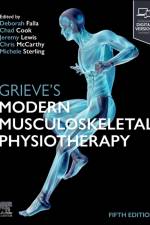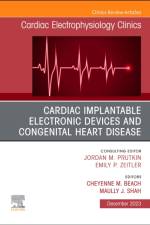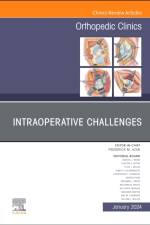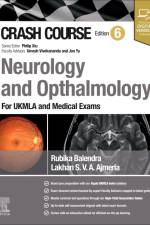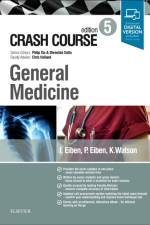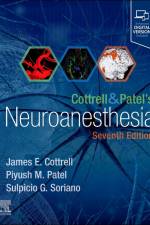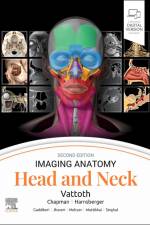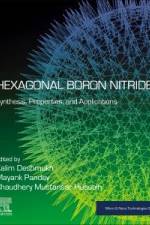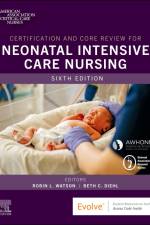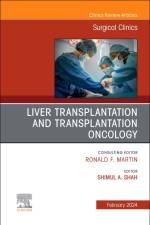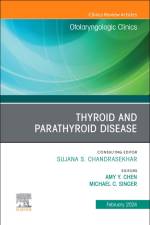av Angelica R Putnam
3 477
This expert volume in the Diagnostic Pathology series is an excellent point-of-care resource for practitioners at all levels of experience and training. Covering all aspects of pediatric neoplasms, including recent molecular advances in the field, this volume incorporates the most up-to-date scientific and technical knowledge to provide a comprehensive overview of all key issues relevant to today’s practice. Richly illustrated and easy to use, the third edition of Diagnostic Pathology: Pediatric Neoplasms is a visually stunning, one-stop resource for every practicing pathologist, resident, student, or fellow as an ideal day-to-day reference or as a reliable training resource. Covers all areas of pediatric tumor pathology, with details on more than 270 of the most frequently encountered benign and malignant neoplastic entities, including rare but important edge cases Addresses each organ system in the body (including skin), as well as soft tissue, bones, and joints, with an overall focus on benign, borderline, and malignant infectious, congenital, and genetic conditions Includes new chapters on Intramuscular Fast-Flow Anomaly, Kaposiform Lymphangiomatosis, Lipofibromatosis, Pediatric Hepatocellular Carcinoma, Renal Metanephric Tumors, Choriocarcinoma, and more Contains significantly updated information throughout, including new content, images, and references Features an intuitive chapter layout designed to help identify crucial elements of each diagnosis, along with associated differential diagnoses and pitfalls, to resolve problems more quickly during routine sign-out of cases Details the increasing use of molecular diagnostics in pediatric tumor pathology Features more than 2,600 images, including histology and gross pathology images, full-color medical illustrations, clinical photographs, and radiology images to help practicing and in-training pathologists reach a confident diagnosis Employs consistently templated chapters, bulleted content, key facts, a variety of tables, annotated images, pertinent references, and an extensive index for quick, expert reference at the point of care Includes an eBook version¿that enables you to access all text, figures, and references, with the ability to search, customize your content, make notes and highlights, and have content read aloud. Additional digital ancillary content may publish up to 6 weeks following the publication date


